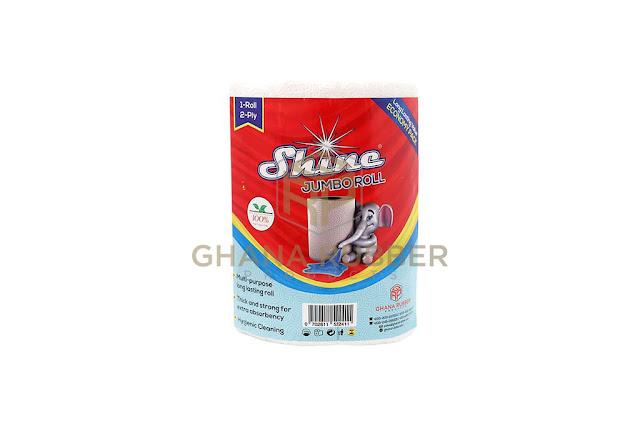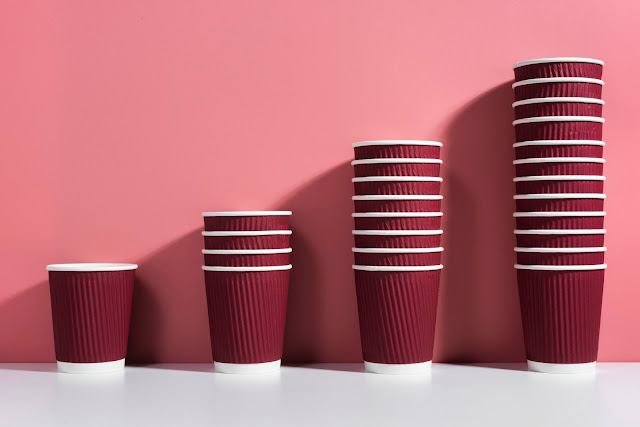Unraveling The Magic of Baking Paper
In the realm of culinary artistry, where precision meets passion, an often overlooked hero emerges – baking paper. Commonly known as parchment paper or baking parchment, this unassuming kitchen essential plays a vital role in ensuring culinary masterpieces grace our tables. In this article, we embark on a flavorful journey, delving into the world of baking paper, uncovering its uses, benefits, variations, and the magic it brings to kitchens worldwide.
The Foundation of Baking Paper:
Baking paper, with its roots reaching back to ancient times, has evolved into a modern kitchen staple. Originally crafted from animal hides and treated with salt, the journey of baking paper saw significant transformation with the advent of paper production techniques. Today, it is predominantly made from wood pulp, treated to create a non-stick surface.
Versatility in the Kitchen:
1. Non-Stick Baking:
A true kitchen ally, baking paper provides a non-stick surface for baking, ensuring delicate pastries, cookies, and cakes lift effortlessly from the tray. This eliminates the need for excessive greasing, promoting healthier and hassle-free baking.
2. Perfect Parchment for Roasting:
When it comes to roasting vegetables or meats, baking paper acts as a protective barrier between the food and the baking tray. It prevents sticking, simplifies clean-up, and enhances the caramelization process, resulting in flavorful, golden-brown goodness.
3. Dough and Fondant Workstation:
Baking paper transforms into a reliable work surface for rolling out dough or fondant. Its non-stick nature and easy maneuverability make it an ideal canvas for crafting pastry masterpieces without the fear of sticking or tearing.
4. Steaming Envelopes:
Elevating cooking techniques, baking paper becomes a steaming vessel when folded into envelopes. This method allows for delicate steaming, preserving the natural flavors and nutrients of the ingredients within.
Types of Baking Paper:
1. Parchment Paper:
Traditional parchment paper is coated with silicone, providing an excellent non-stick surface. It is resistant to grease and moisture, making it ideal for baking and roasting a wide range of dishes.
2. Silicone-Coated Baking Paper:
Enhanced with an additional layer of silicone, this variant takes non-stick capabilities to the next level. It is perfect for intricate baking projects where easy release is paramount.
3. Greaseproof Paper:
Designed to resist the penetration of oil or grease, greaseproof paper is often used for wrapping greasy or oily foods. While not as non-stick as parchment paper, it serves a unique purpose in the kitchen.
4. Waxed Paper:
Coated with a layer of wax, this type of baking paper is commonly used in no-bake recipes, as it provides a moisture-resistant barrier. It is not suitable for high-heat baking but excels in certain culinary applications.
Benefits Beyond Non-Stick:
1. Even Heat Distribution:
Baking paper facilitates even heat distribution during baking, preventing uneven browning or sticking. This ensures that every part of your creation is perfectly cooked to perfection.
2. Easy Clean-Up:
The convenience of using baking paper extends to clean-up. By eliminating the need for excessive greasing and scrubbing, it simplifies post-baking chores, allowing chefs to focus on the joy of creating.
3. Healthy Cooking:
Baking paper promotes healthier cooking by reducing the reliance on oils and fats to prevent sticking. It aligns with the modern culinary trend of seeking lighter, more nutritious alternatives.
4. Preservation of Flavor:
The non-reactive nature of baking paper ensures that the flavors of your ingredients remain pure and unaltered. It acts as a protective barrier, allowing the natural essence of your dishes to shine through.
Environmental Considerations:
As the culinary world pivots towards sustainability, considerations for the environmental impact of kitchen essentials become paramount. While traditional baking paper is generally compostable, variations with silicone coatings may pose challenges to composting. Manufacturers are increasingly exploring eco-friendly alternatives, such as unbleached or chlorine-free parchment paper, catering to environmentally conscious chefs.
Innovations in Baking Paper:
1. Precut Parchment Sheets:
Recognizing the demand for convenience, precut parchment sheets have become a popular innovation. These pre-sized sheets save time and reduce waste, providing a seamless baking experience.
2. Non-Stick Cooking Mats:
Taking non-stick capabilities beyond traditional paper, silicone baking mats offer a reusable and durable alternative. These mats withstand high temperatures, making them ideal for various baking and cooking applications.
3. Printed Parchment Paper:
Infusing creativity into the kitchen, some manufacturers offer printed parchment paper. Featuring decorative patterns or measurement guides, this adds a touch of flair to your baking endeavors.
Conclusion:
As we embark on culinary adventures, let's not underestimate the significance of baking paper. Beyond its non-stick prowess, it contributes to the art of cooking, preserving flavors, promoting healthy practices, and simplifying kitchen tasks. Whether you're a seasoned chef or a home baker, the magic of baking paper unfolds with every perfectly baked creation, making it an indispensable companion in the heart of every kitchen.
.jpg)



Comments
Post a Comment